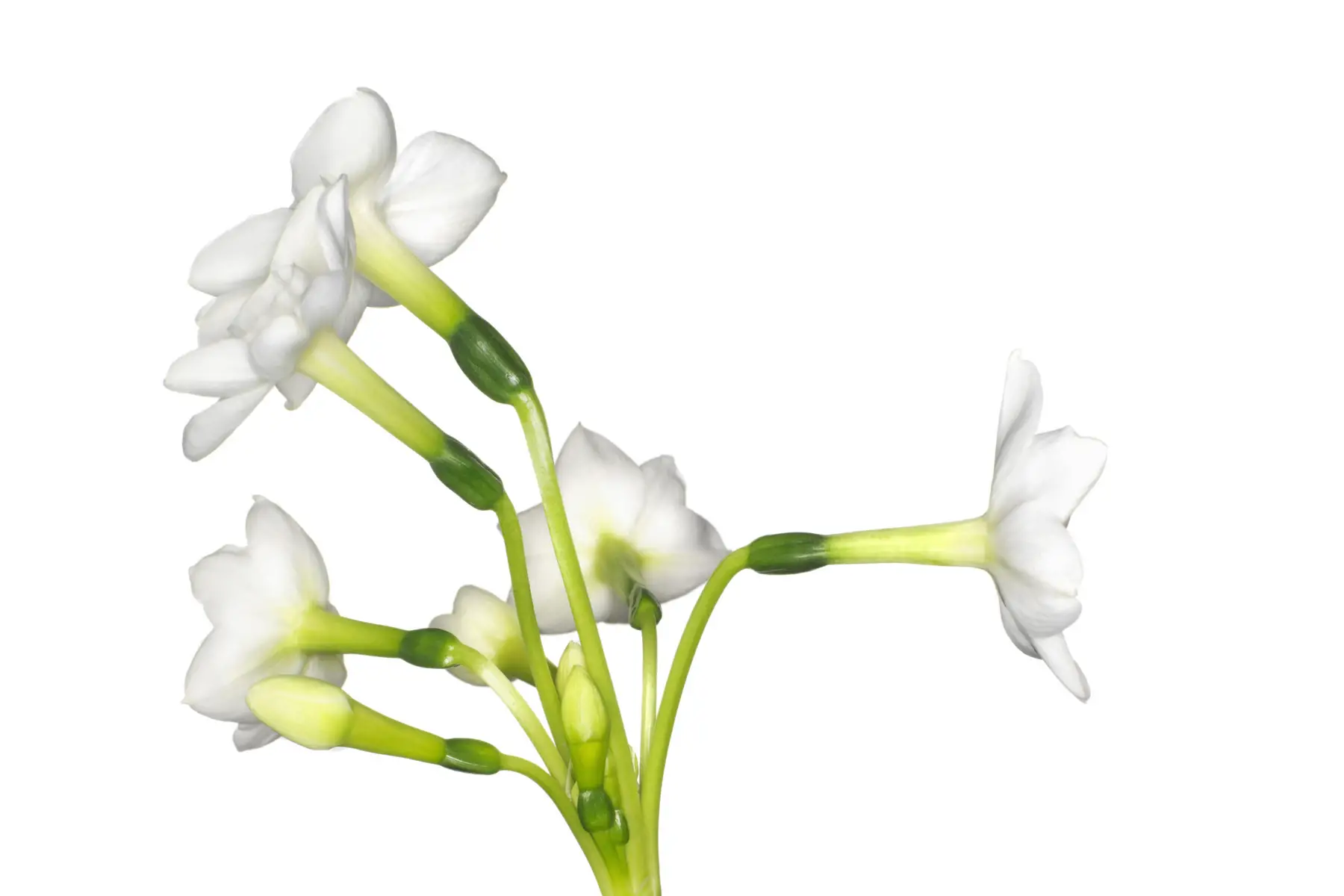Last Updated on August 9, 2022 by Real Men Sow
Stephanotis floribunda, a stunning conservatory plant and houseplant, is known for its long-lasting, white jasmine-scented flowers that bloom from spring through autumn. It’s also known as Madagascar jasmine or floradora, and is often used in wedding bouquets.
What’s Stephanotis At Home
Stephanotis, a vine, is sold often with a wire hoop. As it grows, you can also try to grow it up a tree. It is notoriously difficult to grow and can be difficult to get it to re-flower. You can encourage the flowers to appear along the lengths of the whippy stems in the current year by planting them in a sunny, warm, and dry area in spring or summer and feeding them with a potassium-rich liquid fertilizer.
If the plant is happy, you may see a pear-shaped fruit that can grow up to 10cm in length. These seeds are not edible but can be saved to be sown.
How To Grow Stephanotis
Plant Stephanotis in an area that receives good, filtered sunlight but is not directly exposed to the sun. The ideal temperature is between 21-23 degrees Celsius. Once the compost is dry, water it. Stephanotis thrives when there is humidity. Spray the compost with tepid water once a week and/or place it on a tray of moistened pebbles. If the plant is in bloom, do not move it. Otherwise, its flowers may fall. From spring through late summer, feed the plant fortnightly. Remain in a cool place and water less in winter.
Where To Grow Stephanotis Houseplant
Plant your Stephanotis in bright spots that are not under direct sunlight. Ideal conditions are warm and humid places such as: conservatory, kitchen, or bathroom.
How To Care For Stephanotis
Watering: When the soil starts to dry in spring and summer, water it. Waterless in autumn and winter.
Needs high humidity: In summer, place on a tray with water and pebbles. Lightly mist the leaves in summer.
Temperature: Keep the temperature consistent between 21°C and 23°C. It should be placed in a cooler place in winter.
Feeding: Between April and October, feed your pet fortnightly with high-potassium liquid food such as tomato food.
Support: As it grows, tie the stems to its support; trim gently in spring if needed
How And When To Repot Stephanotis
Every other year, repot in spring. Only move up to the next size pot, and gradually increase the size over the years to approximately 23cm. You can remove as much of the compost as possible and then replace it with fresh. Use soil-based compost such as John Innes No. 2 (peat-free John Innes No. 2) to plant your plants.
How To Propagate Stephanotis
You can propagate Stephanotis plants by cuttings taken between April and June. They will root in 4-6 weeks.
- Cut 10 cm off sturdy stems. Place the cuttings just below a node. Take out some lower leaves
- Incorporate into a mixture of peat-free compost, horticultural soil/perlite
- A heated propagator works well to keep the temperature at 18-21 degrees Celsius. You can also cover the container with a plastic bag, and place it on a warm windowsill.
- Once you have rooted the plant, add John Innes No.2 compost to it
You can also grow them from seeds, which can be saved from your own plants or purchased from a seed supplier.
Growing Stephanotis: Problems
- Mealybugs: Look out for white wooly patches. You can inspect your plants frequently and treat any infestations with cotton wool buds that have been dipped into fatty acids or oil.
- Scale insects: They look like raised brown spots on the stems and leaves. You should inspect your plants frequently and treat any small infestations with cotton wool buds that have been soaked in oil or fatty acids.
- Dropping Flowers or buds: If the plant is moved, it can drop flowers and buds. You can also experience dropping flowers or buds due to temperature fluctuations, overwatering, underwatering, and low humidity.
- Lack of Flowers: Low humidity, low temperatures, and improper winter treatment
- Yellow Leaves: insufficient feeding
Advice On Buying Stephanotis
- Available in garden centers and are usually sold trained over a hoops.
- Before buying or planting, always inspect the plants for disease and damage.

